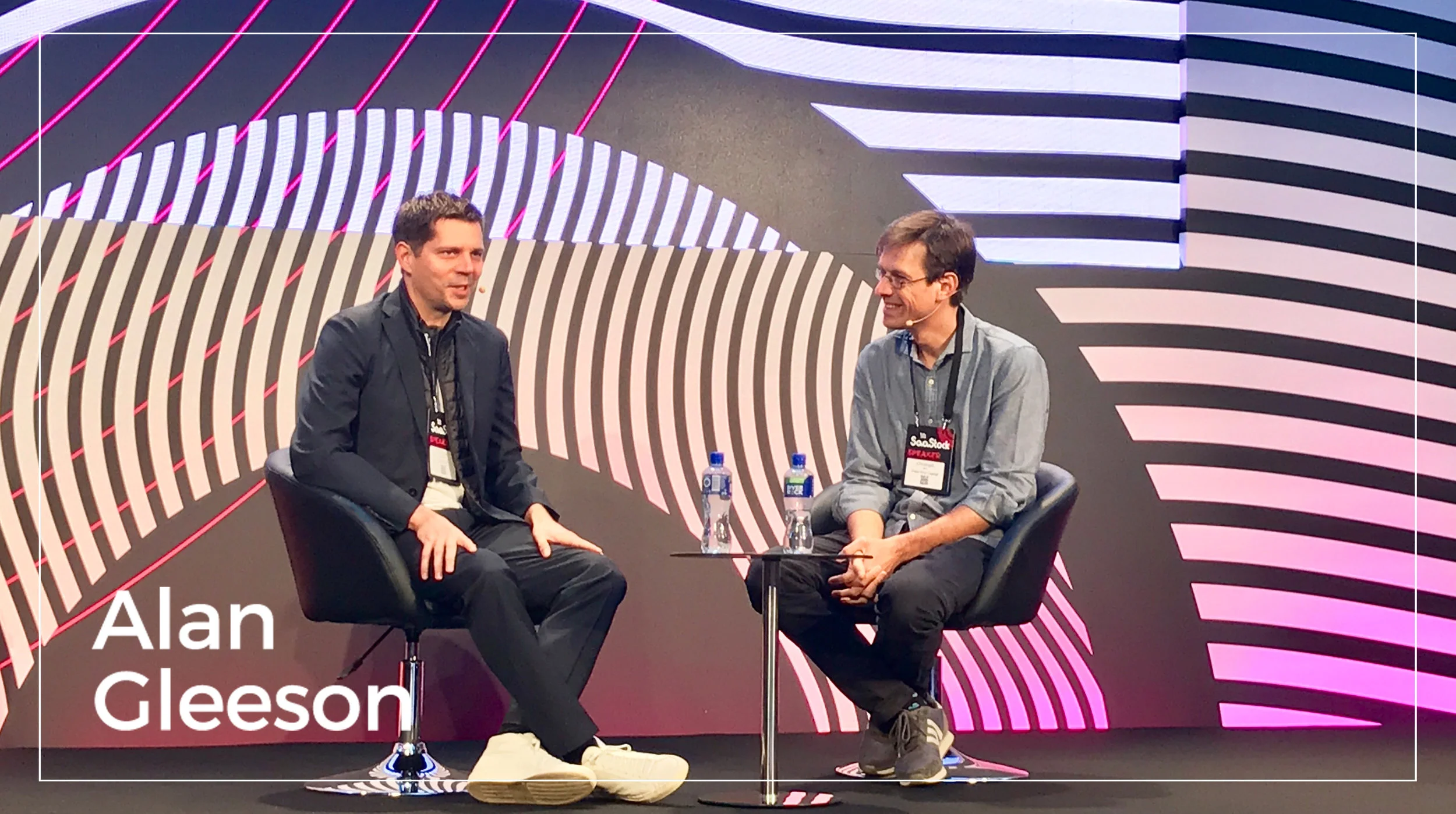SaaStock 2018 took place on October 16–17, 2018 last at the RDS in Dublin. The following represents the top tips I learned from the two days.
Strategy: Proactively Target the US Market Early
I attended the excellent Point Nine Capital event — Best Practices Internationalizing a SaaS Startup where a number of VC’s and entrepreneurs shared their top tips.
The main takeaway for me was a reaffirmation that the US SaaS market is the most important market to lead as most SaaS categories have ‘winner take all’ characteristics. The importance of planning US market entry early was stressed although not before certain criteria were met (evidence of demand, sufficient funding, product-market fit and company maturity) etc.
Recommended Resource: B2B SaaS Internationalization: Ten Top Tips to Prepare Yourself for US Market Entry.
2. Sales: Take a Buyer-Centric View of Sales
David Skok of Matrix Partners argued that sales often handle every lead as though they were in purchasing mode. Instead, he advised that the reality is very different, with the majority of visitors to your site likely to be much earlier on in their journey (awareness/ consideration stages). With these earlier stage prospects, it is important to ensure that the questions buyers may have are being addressed (via content) and that you are familiar with the triggers that will typically move them along the funnel.
3. Sales: Don’t Sell — Solve Customers Problems
Skok went on to argue that customers need to be viewed as bank accounts you need to deposit in before making a withdrawal. He recommended that initial engagements focus on providing value to build trust before seeking to engage as a sales prospect. The theme of providing value by helping customers solve their problems was a common one throughout the conference.
4. Product: Reduce the Number of Steps to Get to a Wow Moment
James Gill of GoSquared stressed the importance of reducing the number of steps taken to get customers to wow moments. David Skok argued something similar suggesting that funnel optimization was often the source of major gains when broken down and analyzed on a step-by-step basis.
Recommended Resource: The Challenge of Designing the “Blank Slate”
5. Product: Product Led Companies Tend to Have Better Economic Models
Adam Marcus of Open View argued that Product Led companies grow faster, trade at higher multiples and are worth 2X more. Product usage serves as the primary driver of user acquisition, provided the product solves a clear and urgent pain.
Recommended Resource: Product Led Growth Handbook
6. Strategy: The Power of Annual Prepayments
Peter Reinhardt of Segment talked about the importance of tech founders immersing themselves in finance as soon as they can. He argued that annual prepayments were one of the most important things you can get right as a SaaS startup as it has a material impact on cash flows. With annual prepayments customers fund growth and the effect on cash compared to monthly, quarterly or bi-annual payments was significant.
7. Hiring: Hire Game Changers to Propel Growth
Notion Capital organised an excellent panel event focusing on hiring. They recommended that founders look for a “game changer”; someone who has gone on a similar journey before, can lift some of the burden for founders and who is capable of driving 10x the revenue in their first year.
Recommended Resource: Game Changers: The Impact of Hiring Amazing People and How to Hire Them
8. Marketing: Invest in Your Brand
A number of speakers including Dave Gerhardt of Drift stressed the importance of investing in your company brand. In an increasingly competitive landscape, where features can be easily replicated, creating an enduring and authentic brand will be a key differentiator.
9. Strategy: Stay Focused on a Small Number of Segments
Christian Owens of Paddle talked about the importance of staying focused. Serving multiple segments places a significant burden on the company.
How do you identify the segments to focus on?
Some segments won’t bat an eye when you double the price, others will complain and are in effect self-selecting themselves out. In other words, the clearest signal to identify your top segments equates to those deriving the most value from your application.
10. Marketing: Identify a Shift and Create a Category
Edward Ford of Advance B2B stressed the importance of ‘category creation’ arguing that many of the leading B2B SaaS players including HubSpot and Drift had followed a similar 4 step process to own a category:
Identify a Shift
Create a Category
Reinforce the Theme
Start a Movement
Recommended Read: B2B Startups: Why Category Creation should be your №1 Priority for Success
Finally, Chris Wickson from Akkroo advised founders to ensure they consider all advice through the lens of the stage the company is at. What is good advice for a B2B focused pre-MVP SaaS business with a small team is not likely to be good advice for a post-Series A company with 100+ employees and vice versa.
“SaaS advice is very stage-specific” Chris Wickson, Co-Founder, Akkroo
About Alan
Alan Gleeson is a B2B Marketing Consultant based in London with a passion for helping SaaS businesses to grow.
Follow Alan on Twitter or visit Work With Agility to learn more.
++
Found this of interest? Why not read one of my other recent posts:

